Optimal Timing for Wood Strippings
Wood strippings involve the removal of wood debris and bark from trees and wood processing sites. Proper timing ensures efficient removal, reduces environmental impact, and supports sustainable forestry practices. Understanding the best periods for wood stripping can optimize operational outcomes and resource management.
Spring and early summer are ideal for wood stripping due to favorable weather conditions and active tree growth cycles.
Dry weather minimizes soil disturbance and makes equipment operation easier, making it a preferred time for wood stripping activities.
Scheduling during periods of low rainfall reduces delays and equipment downtime, ensuring more efficient removal processes.
Avoiding wet seasons helps prevent soil erosion and damage to surrounding vegetation during wood stripping activities.

Spring offers optimal conditions for effective wood removal with minimal soil disruption.

Dry conditions facilitate smoother operations and reduce equipment wear during wood stripping.

Properly timed wood stripping enhances equipment efficiency and safety.

Ways to make Wood Strippings work in tight or awkward layouts.

Popular materials for Wood Strippings and why they hold up over time.
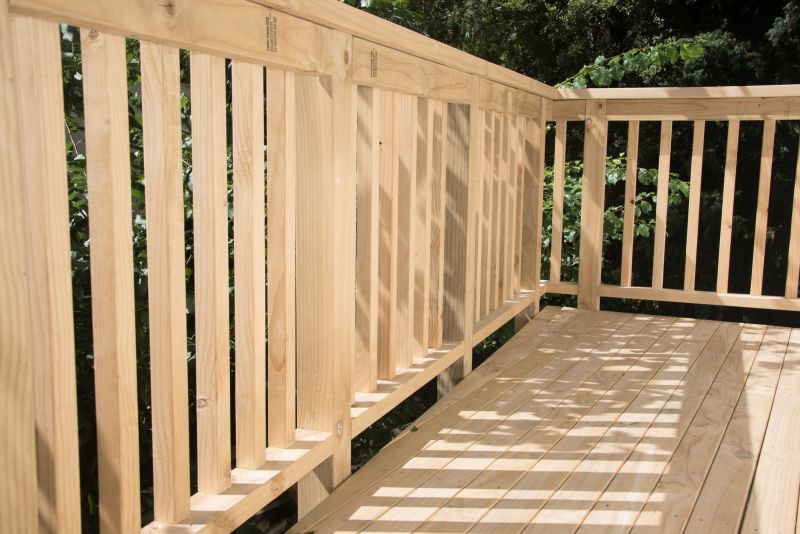
Simple add-ons that improve Wood Strippings without blowing the budget.
| Season or Condition | Best Practice |
|---|---|
| Spring | Ideal for active growth and dry weather |
| Early Summer | Optimal for ongoing removal activities |
| Dry Season | Minimizes soil disturbance and delays |
| Avoid Wet Seasons | Prevents soil erosion and equipment issues |
| Post-Harvest Period | Suitable for clearing residual wood debris |
Wood strippings play a vital role in forest management, land clearing, and wood processing operations. Timing impacts the effectiveness of removal, soil health, and operational safety. Proper scheduling based on seasonal and weather patterns ensures efficient and environmentally responsible wood debris management.
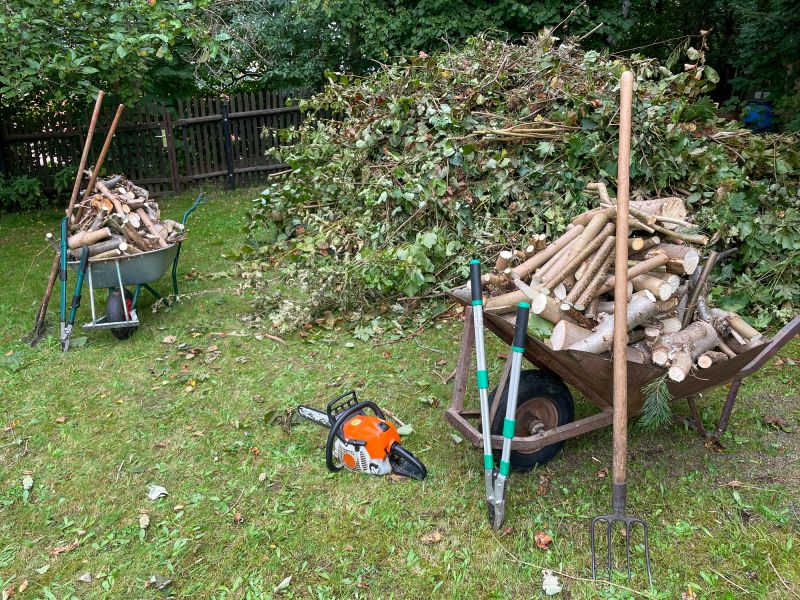
Efficient removal during optimal seasons reduces operational delays.
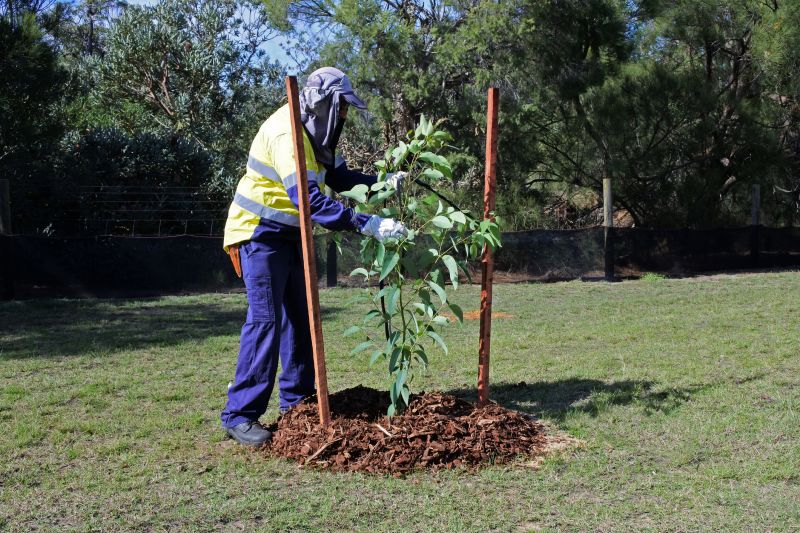
Timing aligns with natural growth cycles for better results.

Properly timed activities improve equipment lifespan.

Strategic timing supports land restoration efforts.
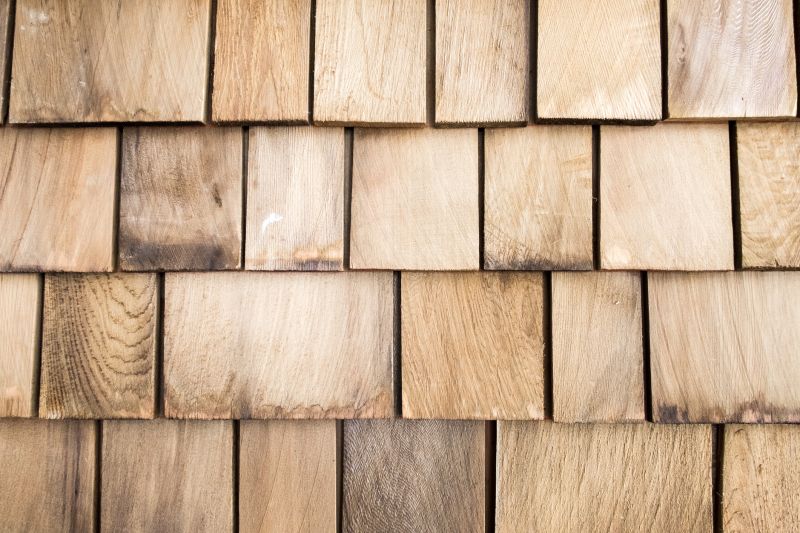
High-end options that actually feel worth it for Wood Strippings.

Finishes and colors that play nicely with Wood Strippings.

Little measurements that prevent headaches on Wood Strippings day.
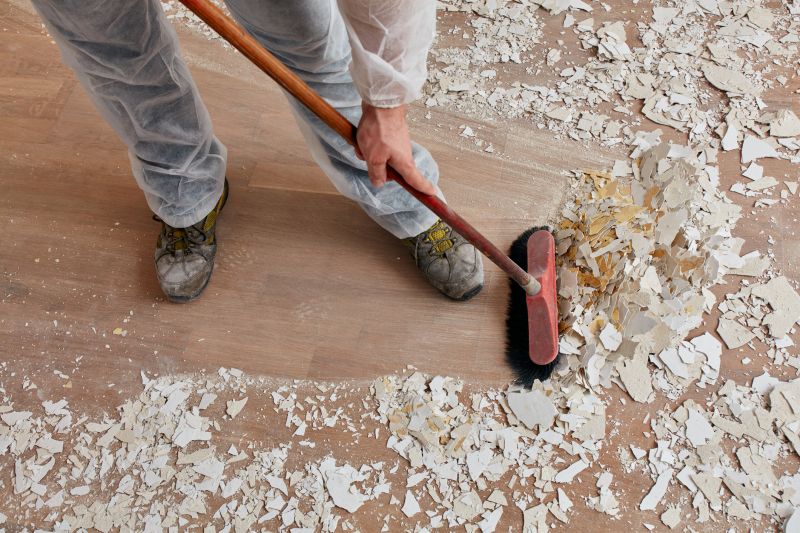
A 60-second routine that keeps Wood Strippings looking new.

A frequent mistake in Wood Strippings and how to dodge it.
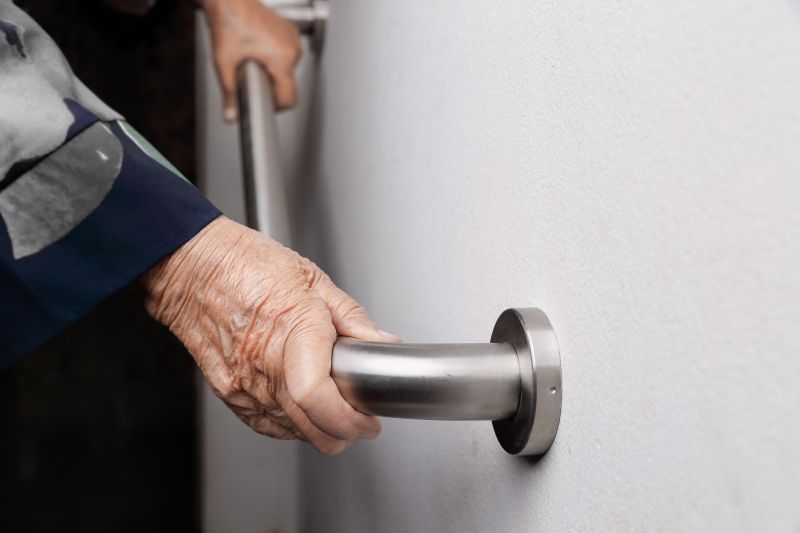
Small tweaks to make Wood Strippings safer and easier to use.
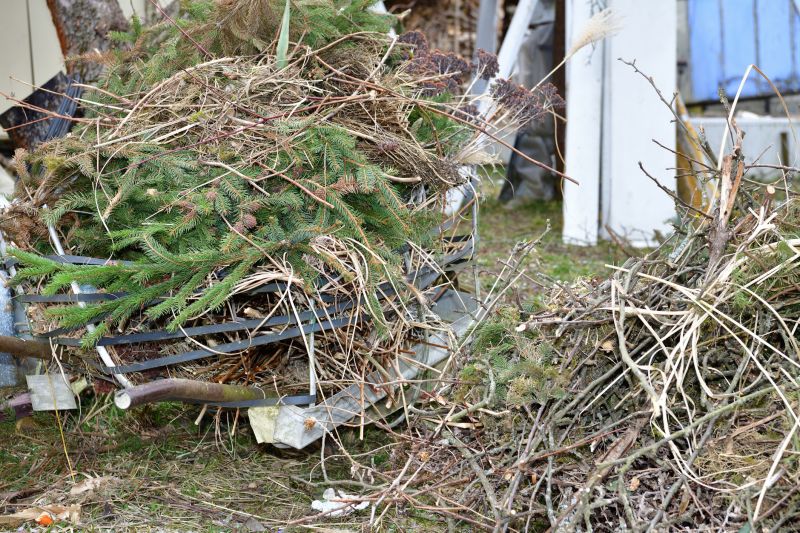
Lower-waste or water-saving choices for Wood Strippings.
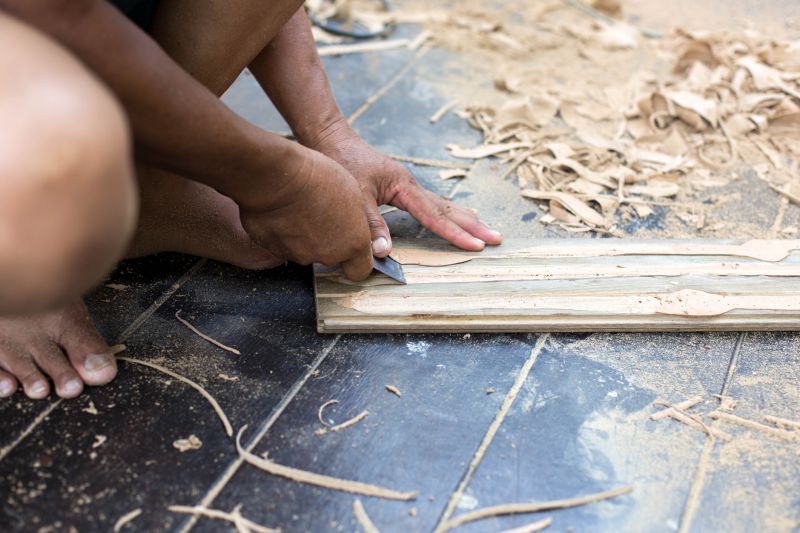
The short, realistic tool list for quality Wood Strippings.
Interested in scheduling wood strippings at the optimal time? Filling out the contact form can provide tailored guidance and assistance for efficient debris removal and land management.



